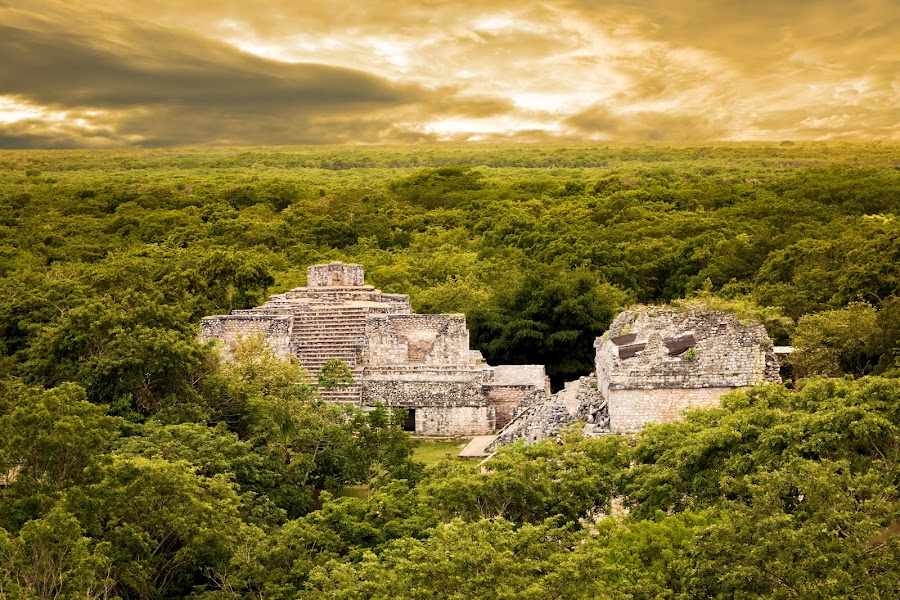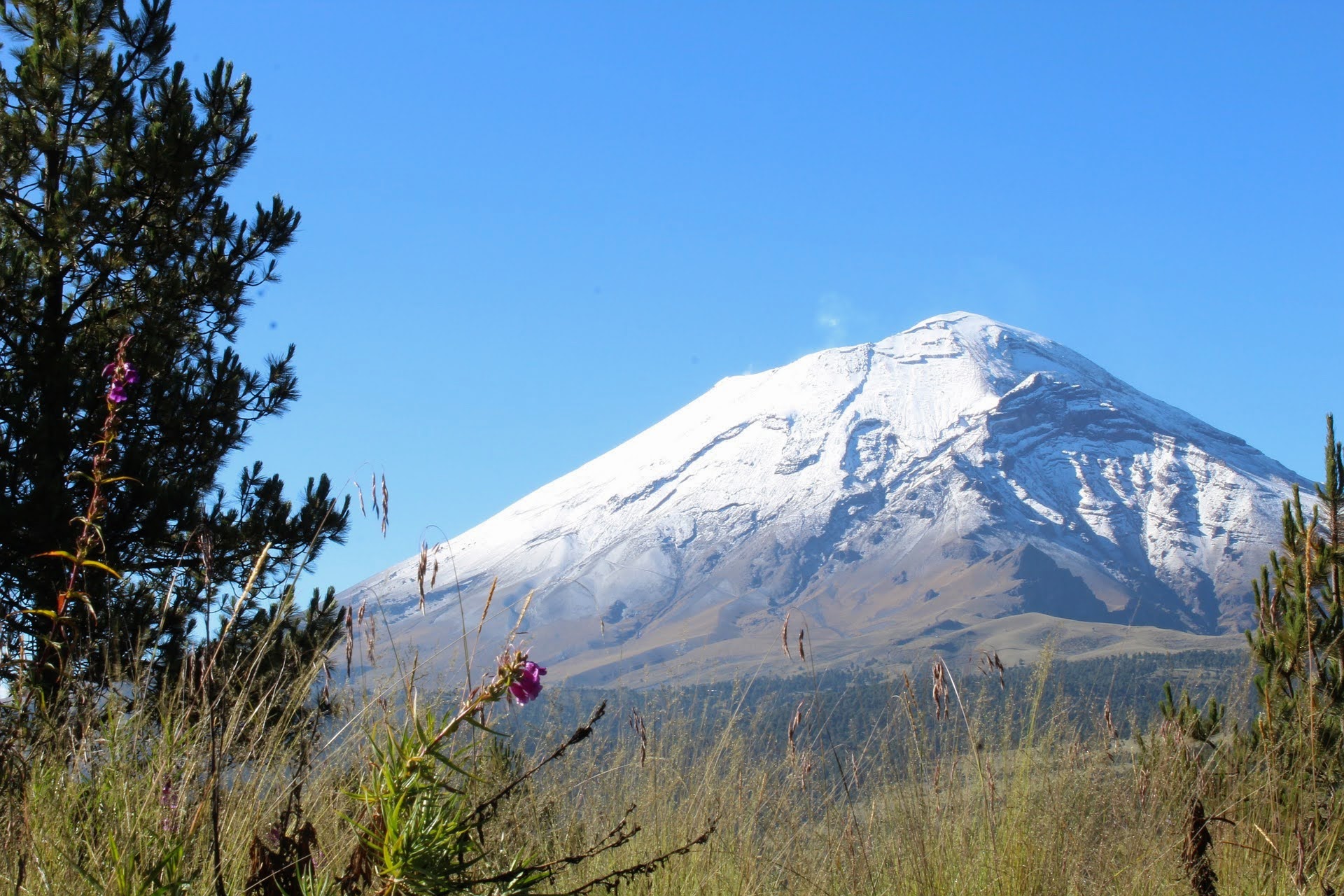About the textile art of Chiapas… from girl to girl, from woman to woman'




Tailor made for you.
What is the first thing that comes to mind when we think of Chiapas? Cuisine, nature, tradition, history, and of course, crafts. We refer to those pieces of art, made with different materials and inspirations, that reflect the cultural diversity of indigenous peoples and allow us to take home a bit of all the colors we can see on a trip to southern Mexico. In the particular case of Chiapas, each visit offers a menu of beauties ranging from amber, lacquer, wood carving, ceramics, and undoubtedly the very famous indigenous textiles made for years by a unique group of women in this country.
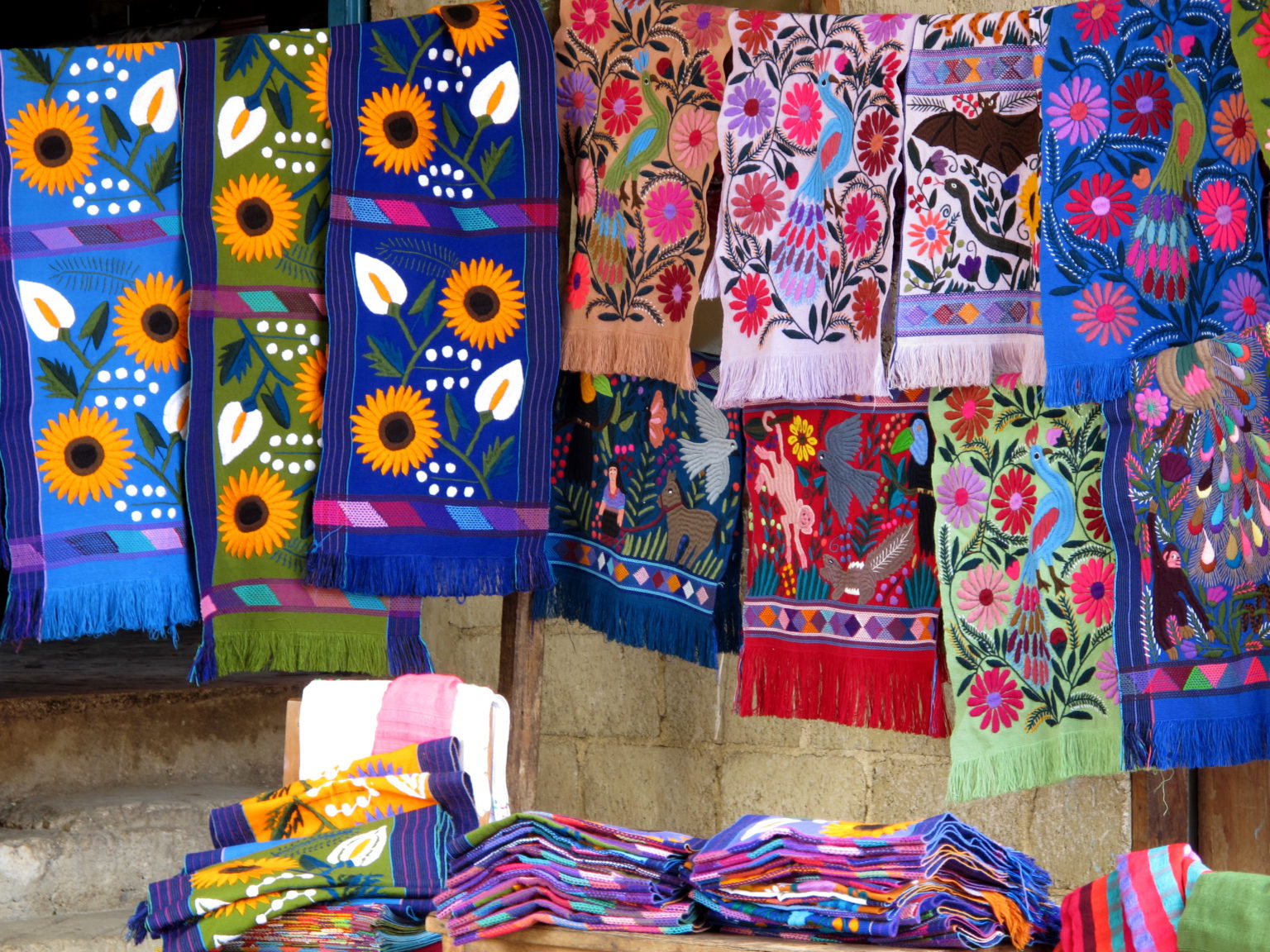
The indigenous textiles made in Chiapas are special because their designs preserve techniques passed down from generation to generation. These fabrics are imbued with the roots and evolution of traditions over time. Their designs are mostly created by women who have learned the knowledge of backstrap loom weaving since childhood.
Textiles in the Highlands of Chiapas
Whether a rebozo, table runner, tablecloths, huipils, cushions, or dresses, these textiles hold behind each thread the cosmology of the Chiapan peoples. Each pattern, each color reflects years and years of rituals and beliefs.
Although there are different techniques for embroidery, the women specialize in the backstrap loom. The process consists of interweaving colored threads to create brocades, then making a fabric that will later be hand-embroidered with flowers and other cross-stitch patterns.
Textiles of Zinacantán

Currently, textile production in Zinacantán is characterized by being decorated with flowers, although it was not always like this. According to specialist Patricia Greenfield, embroidery designs were totally influenced by corn, which was what was planted in the villages. Now flowers are used because many communities live off them.
Zinacantán abounds in textile workshops, usually family-run, where beautiful garments are woven by hand. It is definitely worth visiting them and admiring the meticulous and splendid work of the women. The looms are normally located inside houses or in the courtyards of the homes.
Textiles of San Juan Chamula
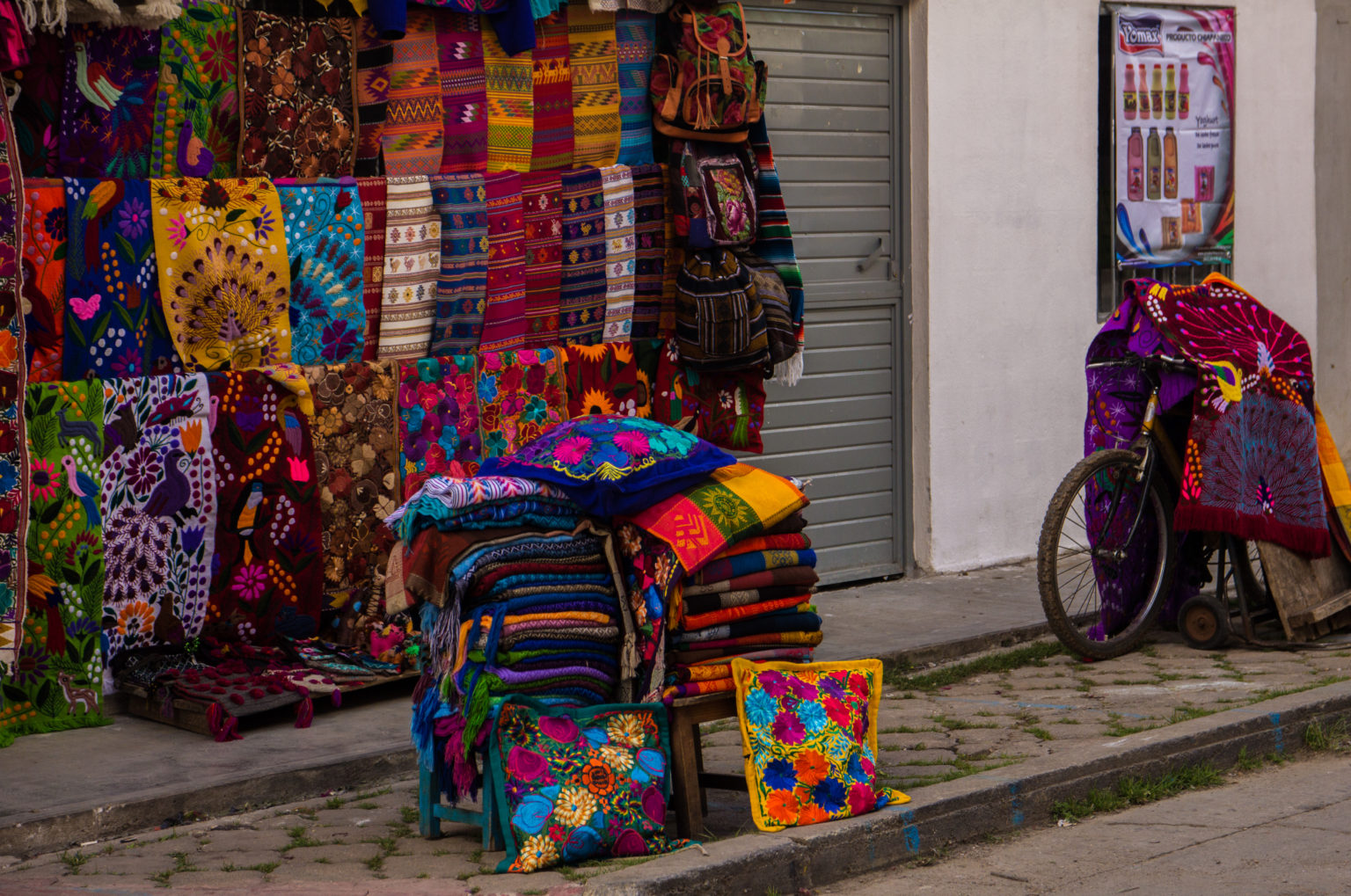
San Juan Chamula stands out for the incomparable beauty of its handcrafted textiles and embroidery. In this place, located among the mountains, work with wool is especially famous.
The Chamulas raise sheep exclusively to obtain their fleece and turn it into beautiful traditional garments. For them, these animals are sacred and are cared for with great dedication. Moreover, their textiles are embroidered with sheep wool since it is one of the coldest areas in the state of Chiapas.
Immersion in the Mayan towns of Chiapas with Rutopía
At Rutopía, we offer a route through southern Mexico, in the Highlands of Chiapas. A unique journey that begins in the town of San Juan Chamula, near the peaceful and famous San Cristóbal.
On this journey, visitors will also have the opportunity to experience the cultural authenticity of the Tzotzils by visiting their famous Sunday market. Here you can admire the beautiful traditional wool clothing of the Tzotzils. We will also visit the church of San Juan Chamula, a religious complex with colonial architecture that masterfully combines the indigenous polytheistic beliefs of the past with Catholic traditions.
The tour continues in the beautiful town of Zinacantán. This is the chance to learn the techniques of creating authentic Chiapan textiles. Beyond the textiles, you can enjoy the flavors of local cuisine. A trip that will delight all your senses.
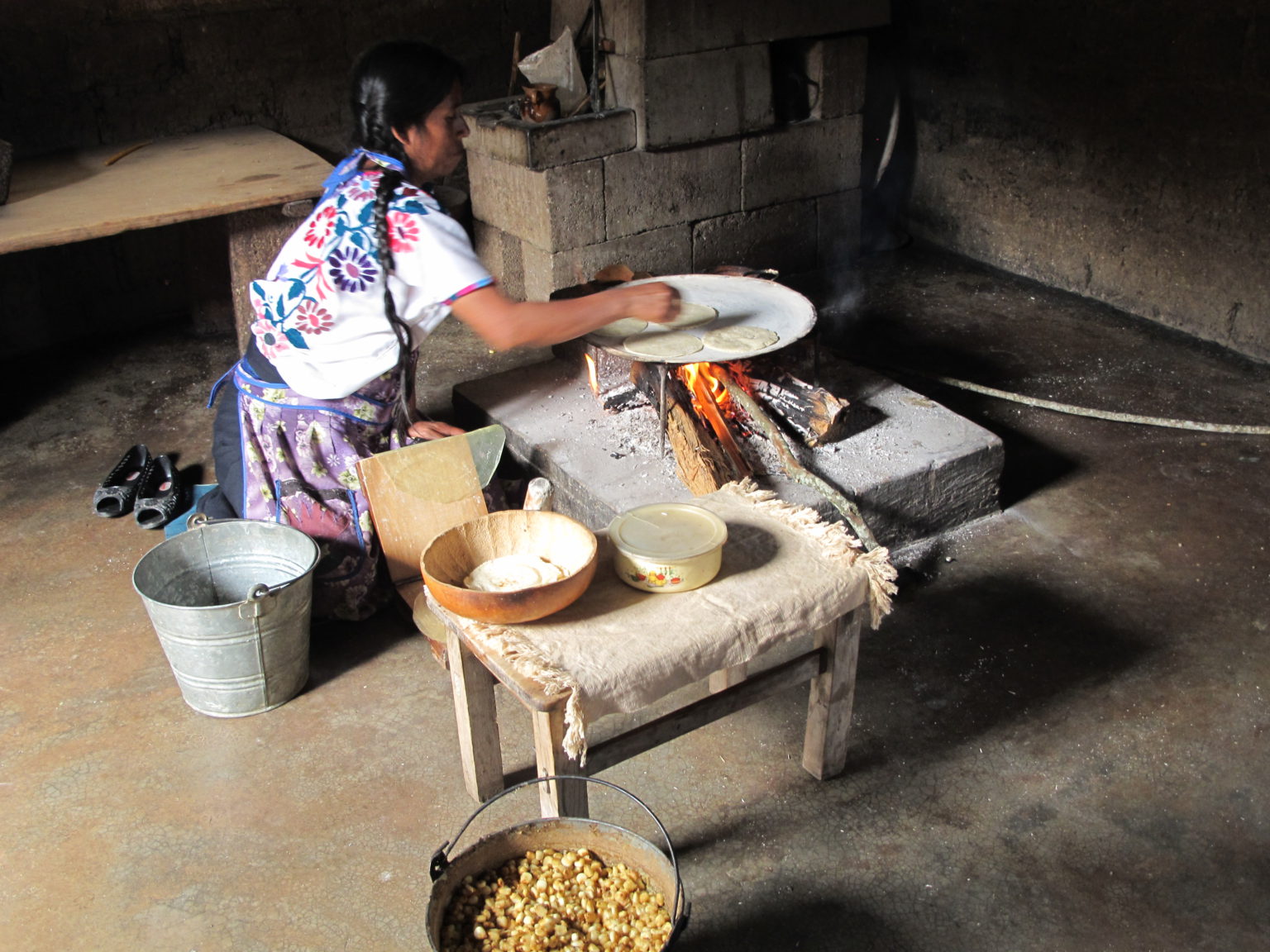
Both the indigenous community of Zinacantán and San Juan Chamula are a must-visit if you want to travel and learn more about life in the communities of the Highlands of Chiapas.
journey




